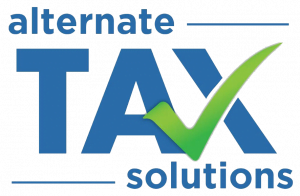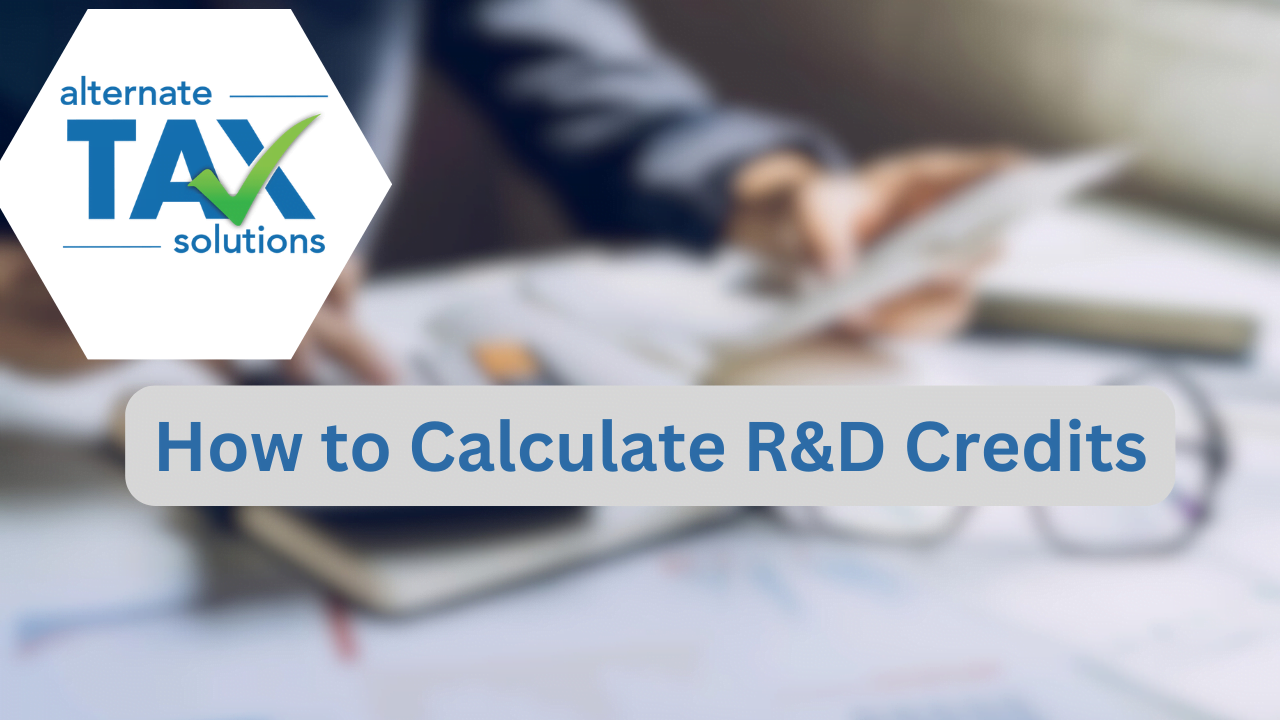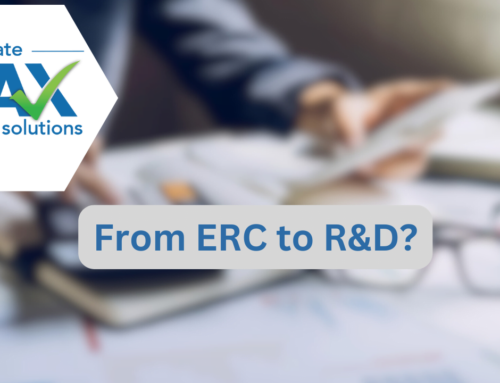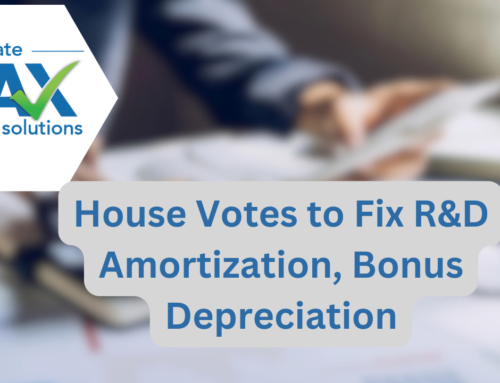The R&D Tax Credit is one of the most beneficial tax reductions strategies in the tax code. Since it became a permanent part of the code in 2015, it has also become one of the most popular. While many people may think that they have a decent understanding of what is an R&D expense and what is not, the truth is that calculating R&D expenses under the rules of the tax credit are not so black and white. In this article I will discuss what constitutes a qualified research expense and how the tax credit is calculated.
First, its helpful to distinguish R&D expenses for purposes of the tax credit from R&D expenses for GAAP or book purposes. The rules for what can be considered an expense eligible for the tax credit are a category of their own. Generally, if a project or activity can show that it passes the four part test it can be included toward the credit.
- Business component test
- Elimination of uncertainty test
- Experimentation test
- Technical in nature test
There is a bevy of regulation and tax court history that paint a picture of how these tests can be applied to a business. If a company can show that it passes each gate, then it can claim wages, subcontractor costs, supplies and materials, and computer lease costs as qualified research expenses (QREs–Key term for R&D Credits). QREs apply not only to personnel directly responsible for performing the R&D, but also to those who directly support these positions and who directly supervise R&D.
Yet qualification does not stop with the four-part test. Even if you believe a project or group of activities satisfies each test, a business still needs to make sure that they are not running afoul of numerous other rules. This includes the funded research clause, substantially all principal, rights of ownership rules, controlled group rules, and many more nuanced parts of this tax benefit.
Once a business has ensured that all of the expenses meet the appropriate rules for their type of activities, QREs are added up and reported on a Form 6765. Form 6765 requires tax professionals to take QREs and complete a calculation to generate an actual credit. Preparers must select from one of three methods for calculating the credit:
- Regular method (only for companies in existence prior to 1986)
- Regular method for startup companies
- Alternative Simplified Credit Method (ASC)
Methods 1 and 2 will produce the most return on the dollar, fetching 10 cents per dollar of QRE. The ASC method is easier to use but will only return between 6.5 to 8.5 cents per dollar of QRE. One must also perform an analysis to see if it makes sense to utilize what is called a Reduced Credit election or a 280C election.
In our experience, the hard part is not reviewing financials and doing the actual R&D Credit Calculation. The trick is to compare a company’s projects and activities against all of the case law and rules surrounding this credit and ensure that compliance is maintained. IRS specialists are trained to look for when businesses have violated any of these rules and will use that as an excuse to deny the credit if an audit ever occurs (which is still rare). Regardless, its best to have your ducks in a row and prepare with a thorough R&D Credit study to substantiate claiming this valuable tax credit.
ATS has over 15 years of experience in working with this tax credit. Our team can work with your business to help identify QREs, calculate the tax credit, and build an excellent case file to help your company obtain this benefit. Contact us today for more information.





